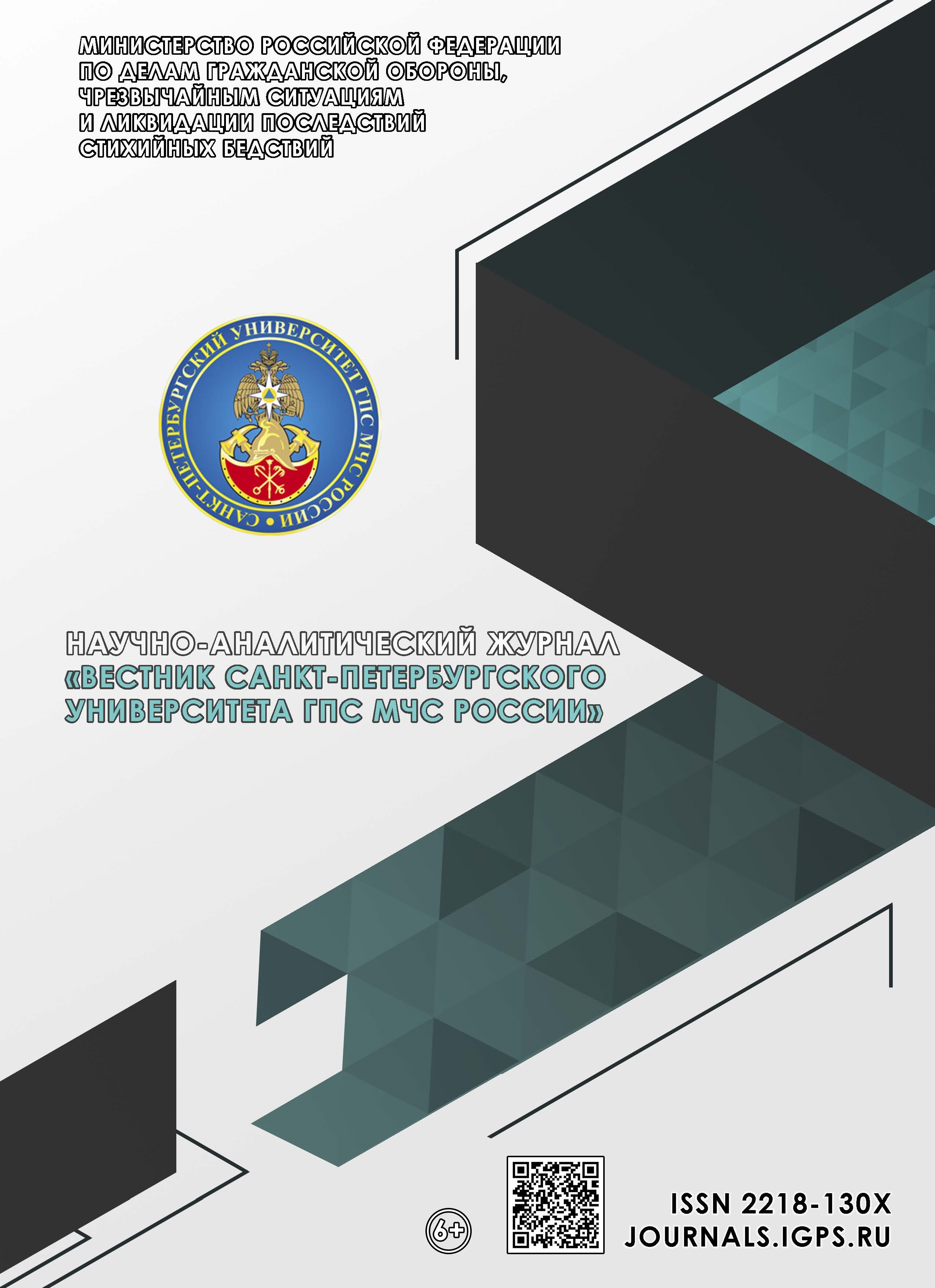Russian Federation
Russian Federation
Approaches to the application of intelligent information systems in the implementation of additional professional education programs are considered. The authors propose a generalized classification of these programs, including the following areas: content, structure, learning objectives, knowledge control model and form of organization, and describing a typed architecture of information systems consisting of several key modules (content, analytics and reporting, user management, communication). The lack of a unified classification and a systematic approach to the formation of continuing professional education programs makes it difficult to create effective intelligent information systems capable of flexibly adapting the educational process to the requirements of the labor market, current professional standards and the individual needs of students. The purpose of the work is to demonstrate the impact of intelligent information systems modules on each of the categories of the proposed classification of continuing professional education programs in order to increase the effectiveness of the educational process, personalize it and meet the current needs of the economy and the professional environment. Special attention is paid to the methodology for quantifying the contribution of each module to certain aspects of the classification of additional professional education. The results obtained make it possible to develop an effective strategy for designing systems in additional professional education, improving the quality and personalization of training, as well as strengthening the theoretical and practical foundations for their further development.
intelligent information systems, additional professional education, classification of programs, system architecture, system modules, impact assessment, personalization of learning
1. Shihnabieva T.Sh. O napravleniyah intellektualizacii i razvitiya informacionnyh sistem obrazovatel'nogo naznacheniya // Izvestiya Volgogradskogo gosudarstvennogo pedagogicheskogo universiteta. 2021. № 1 (154). S. 15–21. EDN GQBEVW.
2. Shabanov R.M., Mikushin N.A. Intellektual'naya informacionnaya sistema podderzhki prinyatiya reshenij // Molodoj issledovatel' Dona. 2019. № 4 (19). S. 91–97. EDN CTIPTS.
3. Ushcheko A.V., Perepuhova I.G., Maslova L.A. Adaptivnye dinamicheskie sistemy upravleniya obrazovatel'nym kontentom // Avtomatizaciya i informatizaciya TEK. 2023. № 6 (599). S. 42–49. DOI:https://doi.org/10.33285/2782-604X-2023-6(599)-42-49. EDN WBQPJJ.
4. Yalamov G.Yu. Adaptivnye obrazovatel'nye informacionnye sistemy v elektronnom obuchenii // Informatizaciya obrazovaniya – 2018: trudy Mezhdunar. nauch.-prakt. konf. M.: Izd-vo Sovremennogo gumanitarnogo universiteta, 2018. Ch. 2. S. 122–133. EDN YXHKVF.
5. Yalamov G.Yu., Shihnabieva T.Sh. Adaptivnye obrazovatel'nye informacionnye sistemy: podhody k intellektualizacii // Chelovek i obrazovanie. 2018. № 4 (57). S. 84–90. EDN POVZJP.
6. Stashkevich I.R., Abdullaeva L.N. Korporativnaya informacionnaya sistema dlya organizacii dopolnitel'nogo professional'nogo obrazovaniya: sostoyanie i perspektivy // Innovacionnoe razvitie professional'nogo obrazovaniya. 2016. № 4 (12). S. 77–81. EDN XBJNTJ.
7. Parahina O.V. Sovremennye tendencii sistemy dopolnitel'nogo professional'nogo obrazovaniya v Rossii // Fundamental'nye issledovaniya. 2013. № 6-2. S. 445–448. EDN PZQGVB.
8. Nesmeyanova S.E., Kalinina E.G., Gracheva M.V. Dopolnitel'noe professional'noe obrazovanie: perekhod v innovacionnyj rezhim // Rossijskoe pravo: obrazovanie, praktika, nauka. 2021. № 5. S. 83–89. DOI:https://doi.org/10.34076/2410_2709_2021_5_83. EDN UUOYMW.
9. Medvedev P.N., Malij D.V., Papochkina E.S. Sovremennye informacionnye tekhnologii v sfere obrazovaniya: vozmozhnosti i perspektivy // Mezhdunarodnyj nauchno-issledovatel'skij zhurnal. 2021. № 6-4 (108). S. 110–113. DOI:https://doi.org/10.23670/IRJ.2021.108.6.119. EDN DXAAQJ.
10. Dudareva O.B., Borchenko I.D. Monitoring effektivnosti ispol'zovaniya informacionno-kommunikacionnyh tekhnologij v sisteme dopolnitel'nogo professional'nogo obrazovaniya // Sovremennye problemy nauki i obrazovaniya. 2018. № 4. S. 69. EDN YMGYUH.
11. Semionova E.A., Tokareva G.S. Dopolnitel'noe professional'noe obrazovanie i cifrovizaciya // Ekonomicheskoe razvitie Rossii. 2023. T. 30. № 9. S. 58–66. EDN RUFTPS.
12. Mihajlov A.V., Kubaeva T.N. Informacionnye tekhnologii v professional'noj deyatel'nosti pedagogov dopolnitel'nogo obrazovaniya // Mirovaya nauka. 2023. № 6 (75). S. 88–92. EDN ARSQWG.
13. Sazonov B.A. Klassifikaciya professional'nyh obrazovatel'nyh programm v Rossijskoj Federacii: problemy i vozmozhnye resheniya // Vysshee obrazovanie v Rossii. 2017. № 11. S. 20–30. EDN ZUQEZJ.
14. Volchenkova K.N. trendy razvitiya dopolnitel'nogo professional'nogo obrazovaniya // Vestnik Yuzhno-Ural'skogo gosudarstvennogo universiteta. Ser.: Obrazovanie. Pedagogicheskie nauki. 2024. T. 16. № 1. S. 5–15. DOI:https://doi.org/10.14529/ped240101. EDN JQEEVK.
15. Muller O.Yu. Ekspertiza dopolnitel'nyh professional'nyh programm kak instrument ocenki dopolnitel'nogo professional'nogo obrazovaniya // Mir nauki, kul'tury, obrazovaniya. 2024. № 3 (106). S. 261–263. DOI:https://doi.org/10.24412/1991-5497-2024-3106-261-263. EDN RMQAQS.
16. Applications of machine learning in real-time control systems: a review / X. Zhao [et al.] // Measurement Science and Technology. 2025. Vol. 36. № 1. P. 012003. DOI:https://doi.org/10.1088/1361-6501/ad8947. EDN NPDZBM.
17. Hong T., Ma Y., Jiang H. Vehicle identification and analysis based on lightweight YOLOv5 on edge computing platform // Measurement Science and Technology. 2025. Vol. 36. № 1. P. 016044. DOI:https://doi.org/10.1088/1361-6501/ad9bd4. EDN FEWXJS.
18. A Deep Generative Model for Multi-Ship Trajectory Forecasting With Interaction Modeling / M. Zhu [et al.] // Journal of Offshore Mechanics and Arctic Engineering. 2025. Vol. 147. № 3. DOI:https://doi.org/10.1115/1.4065866. EDN QDPKCV.
19. Self-supervised representation learning for robust fine-grained human hand action recognition in industrial assembly lines / F. Sturm [et al.] // Machine Vision and Applications. 2025. Vol. 36. № 1. P. 19. DOI:https://doi.org/10.1007/s00138-024-01638-9. EDN ZHCVXK.
20. Deep spatial-temporal information fusion dynamic graph convolutional network for traffic flow prediction / G. Li [et al.] // Measurement Science and Technology. 2025. Vol. 36. № 1. P. 015102. DOI:https://doi.org/10.1088/1361-6501/ad8252. EDN FVBDAR.







